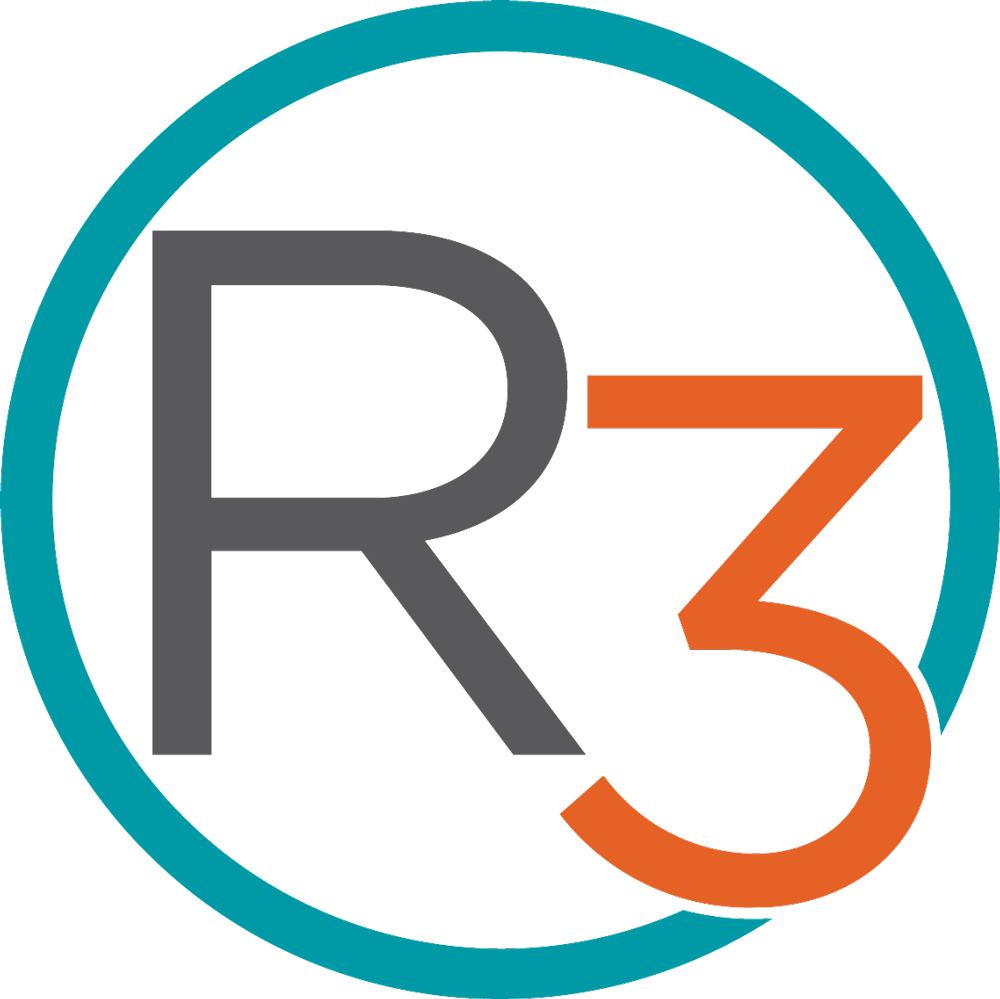There is a compelling business case for creating a diverse and inclusive workplace and increasingly, organizations are taking note and taking steps to ensure they are creating an environment that supports a diversity of perspectives, cultures, and people with different life experiences.
Cindu Thomas-George, Founder and Principal Trainer of Shakti Diversity and Equity Training, designs and facilitates professional development experiences that promote equity and intercultural competence in order to help create inclusive and equitable organizations for today’s increasingly diverse workforce.
“Part of the problem is that “diversity” and “inclusion” are often grouped together, people assume that they’re the same thing,” explains Thomas-George. “That’s simply not the case. Within the workplace, diversity means representation. Without inclusion, however, attracting diverse talent, welcoming their participation and fostering innovation won’t happen.”
Getting Started
“At ROOT3 we have been intentional about diversity, but I realized that we weren’t as intentional as we wanted to be around inclusion,” says ROOT3 Founder Scott Christiansen, “so we’ve taken steps to change that.”
Working with Shakti Diversity and Equity Training, ROOT3 is hosting a series of diversity and inclusion workshops for its employees. “Our team jumped at the chance to participate in this learning opportunity. As facilitator, Thomas-George is curating important conversations. She provides homework and concrete tools and through the process, our team has an incredible dialog going – not only during our training sessions but day-to-day as well,” said Christiansen.
And ROOT3 is already seeing an uptick in collaboration and hearing from new members of the team.
“We created opportunities for members of the team to step up and lead discussions, oversee meetings, spearhead professional development opportunities, and present on topics such as International Women’s Day and Black History Month,” said Christiansen. “The response has been incredibly positive. It started with a workshop and then grew from there. We now have an internal committee that is championing diversity and inclusion – they are doing a great job and giving people an opportunity to find their voice, take a chance, and contribute our vision for building workplace that creates momentum for personal and professional growth.”
Diversity and Inclusion in Action
Diversity advocate Vernā Myers says, “Diversity is being invited to the party. Inclusion is being asked to dance.” But Thomas-George builds on that, saying: “Diversity is being invited to the party. Inclusion is not just being asked to dance but being asked to help choreograph that dance.”
“I shared that quote during ROOT3’s first training and I could tell they took it to heart,” explained Thomas- George. “Scott and the ROOT3 are walking the walk. They are engaged in dialog and empowering each other by respecting and appreciating what makes them different. The benefits to their organizational culture and the work they deliver to their clients will be tremendous.”
Best Practices
To help ensure that diverse employees have a seat at the table, there are several organization best practices that foster inclusion, including:
- Employee Resource Groups / Committees
- Mentorship Programs
- Diversity, Equity, and Inclusion Training
- Professional Development
- Employee Surveys
Ready to learn more about Diversity and Inclusion?
The ROOT3 team suggests a few articles:
- To Learn Why Gender-Neutral Pronouns Matter, click here.
- Read this blog from Shakti Diversity and Equity Training and learn: The Evolving Language of Diversity and Inclusion: Stop Using the Word “Minority”
- Need some stats to build a case for diversity and inclusion training in your workplace? Click here.
- LinkedIn recapped 50 ideas for encouraging diversity and inclusion in the workplace
- Learn how to build diversity and inclusion into the DNA of your organization







